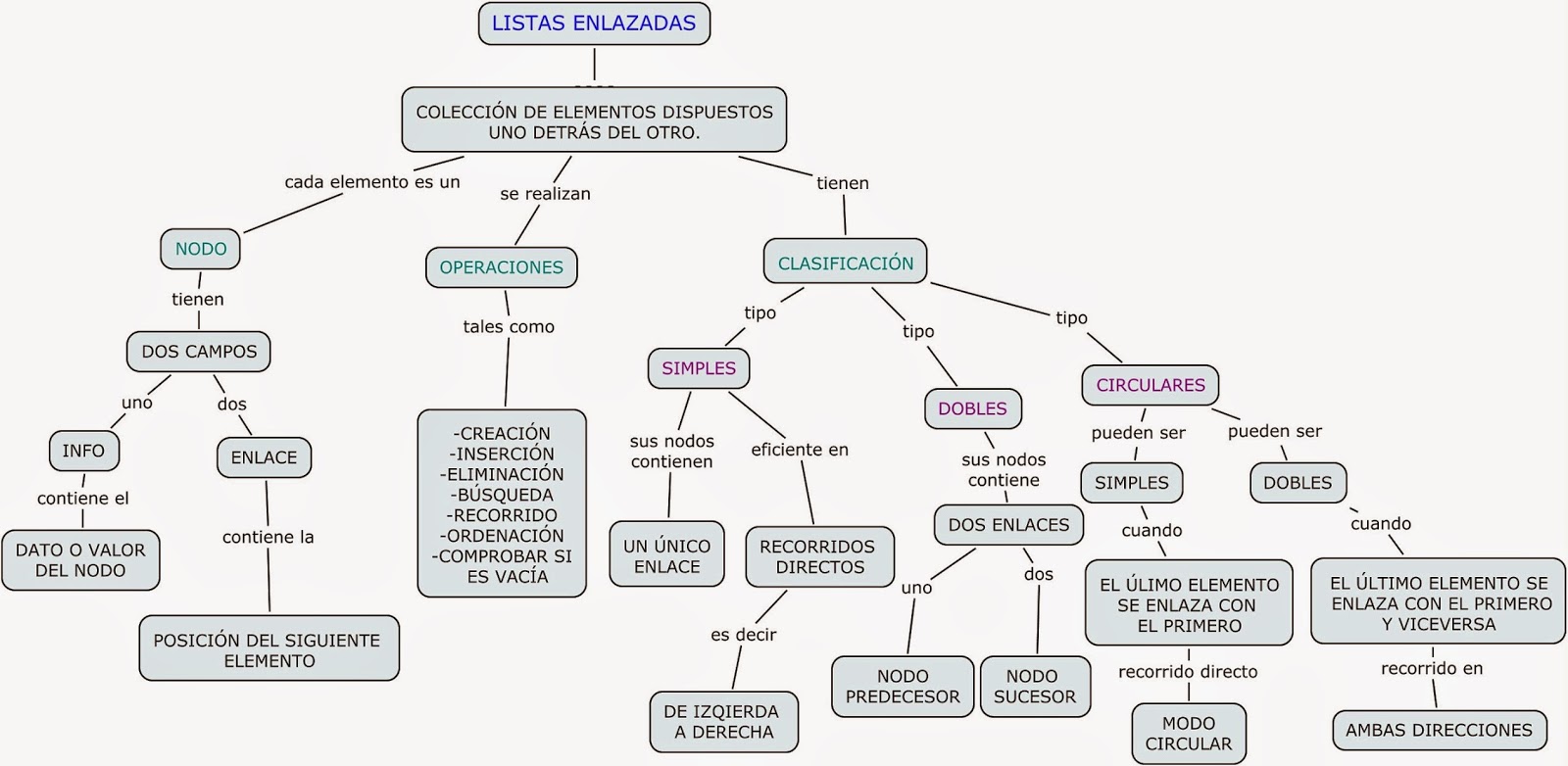Unlocking Efficiency: Exploring the Applications of Stacks in Data Structures
In the realm of computer science, data structures reign supreme as the backbone of efficient algorithms and software development. Among these fundamental structures, the stack stands out as a simple yet remarkably powerful tool. Imagine a stack of plates: you can only add or remove a plate from the top. This principle, known as Last-In-First-Out (LIFO), underpins the essence of stacks and empowers a myriad of applications across various computing domains.
Stacks, with their straightforward nature, have been a cornerstone of computer science since its early days. Their roots can be traced back to the 1950s, finding early applications in calculators and early computer systems. The elegance of stacks lies in their simplicity and efficiency. Their LIFO structure simplifies data management, making them ideal for tasks where the most recent data is prioritized.
The importance of stacks in data structures cannot be overstated. They form the bedrock of numerous algorithms and find applications in diverse fields. From managing function calls and recursion in programming languages to enabling undo/redo functionality in software, stacks are ubiquitous. Their ability to efficiently store and retrieve data in a LIFO manner makes them indispensable for tasks ranging from expression evaluation to backtracking algorithms.
To truly grasp the versatility of stacks, let's delve into some common applications. One prominent example is in programming languages, where stacks manage function calls. Each time a function is called, its parameters and local variables are pushed onto a stack. Upon function completion, these values are popped off, ensuring a smooth and organized flow of execution. This mechanism is crucial for recursion, where a function calls itself, and the stack gracefully handles the nested calls.
Furthermore, stacks play a pivotal role in parsing and evaluating mathematical expressions. By converting infix expressions (e.g., 2 + 3) to postfix notation (e.g., 2 3 +) using stacks, computers can efficiently evaluate complex expressions. Additionally, stacks empower web browsers to maintain a history of visited pages, allowing users to seamlessly navigate back and forth. The LIFO structure of stacks perfectly aligns with the chronological order of visited pages, making it an intuitive and efficient solution.
The concept of stacks extends beyond these examples, finding applications in memory allocation, depth-first search algorithms, and even in the design of computer hardware. Their simplicity, efficiency, and versatility solidify their position as a fundamental data structure in computer science.
Advantages and Disadvantages of Stacks
| Advantages | Disadvantages |
|---|---|
| Simple and easy to implement | Limited data access (only top element) |
| Efficient for LIFO operations | Not suitable for searching or sorting |
| Low memory overhead | Can lead to stack overflow if not managed carefully |
In conclusion, stacks stand as a testament to the power of elegant simplicity in computer science. Their LIFO structure, while seemingly restrictive, unlocks a world of applications across diverse domains. From managing function calls to enabling browser history, stacks are the unsung heroes powering countless software solutions. As you delve deeper into the world of data structures and algorithms, remember the humble stack—a simple yet mighty tool that continues to shape the digital landscape.
Unveiling the beauty of matter a journey through scientific illustration
Decoding medicare part b coverage options
Dometic rv ac covers the unsung hero of your rvs cooling system














